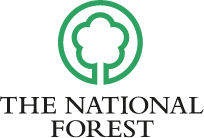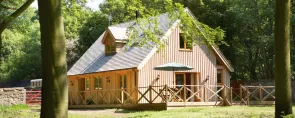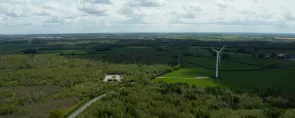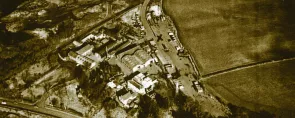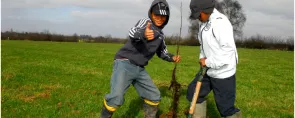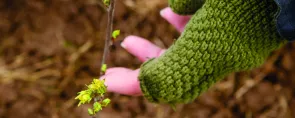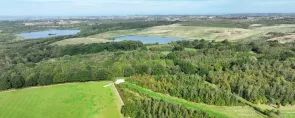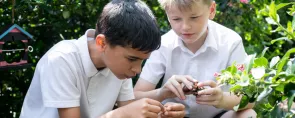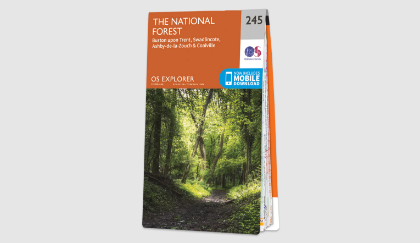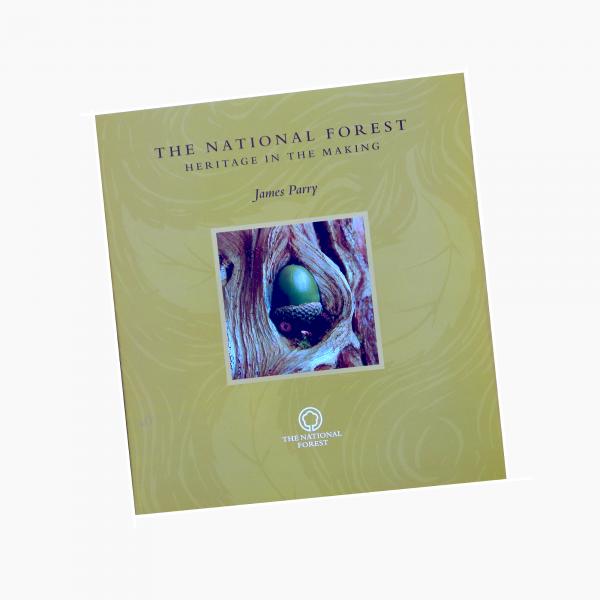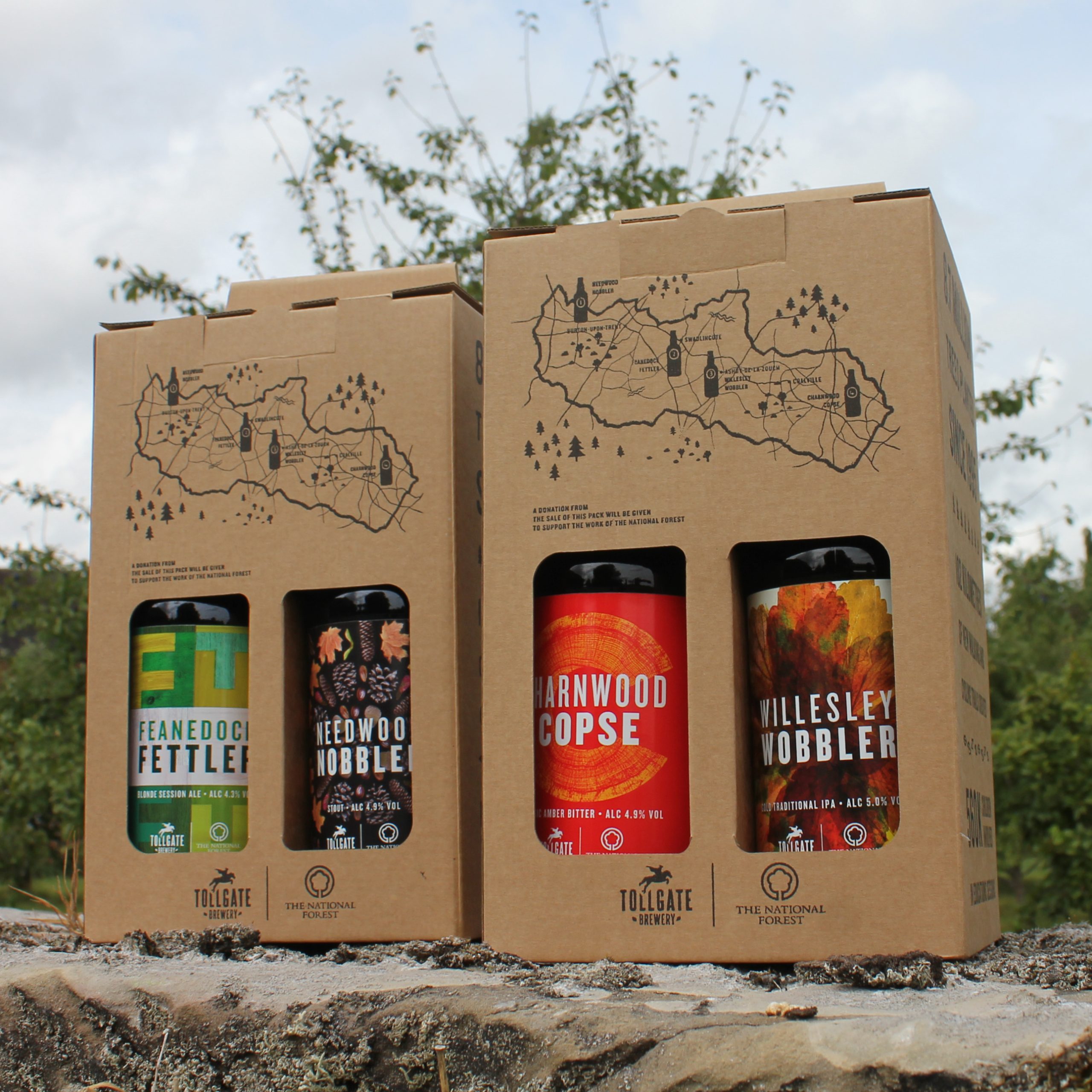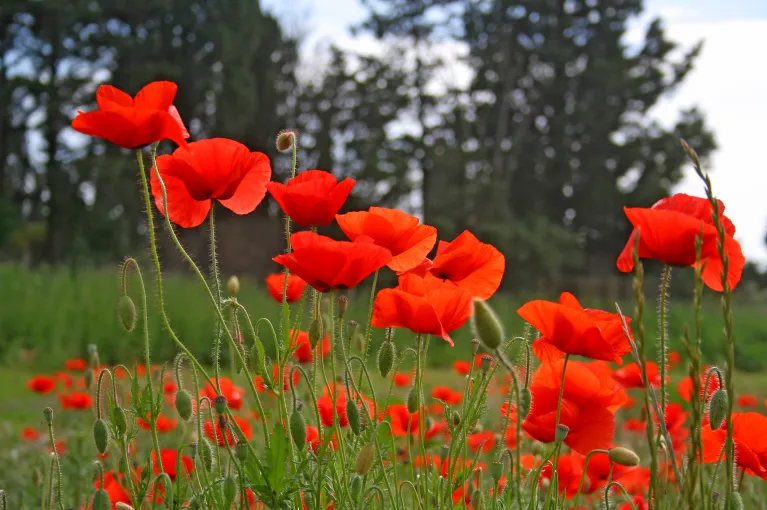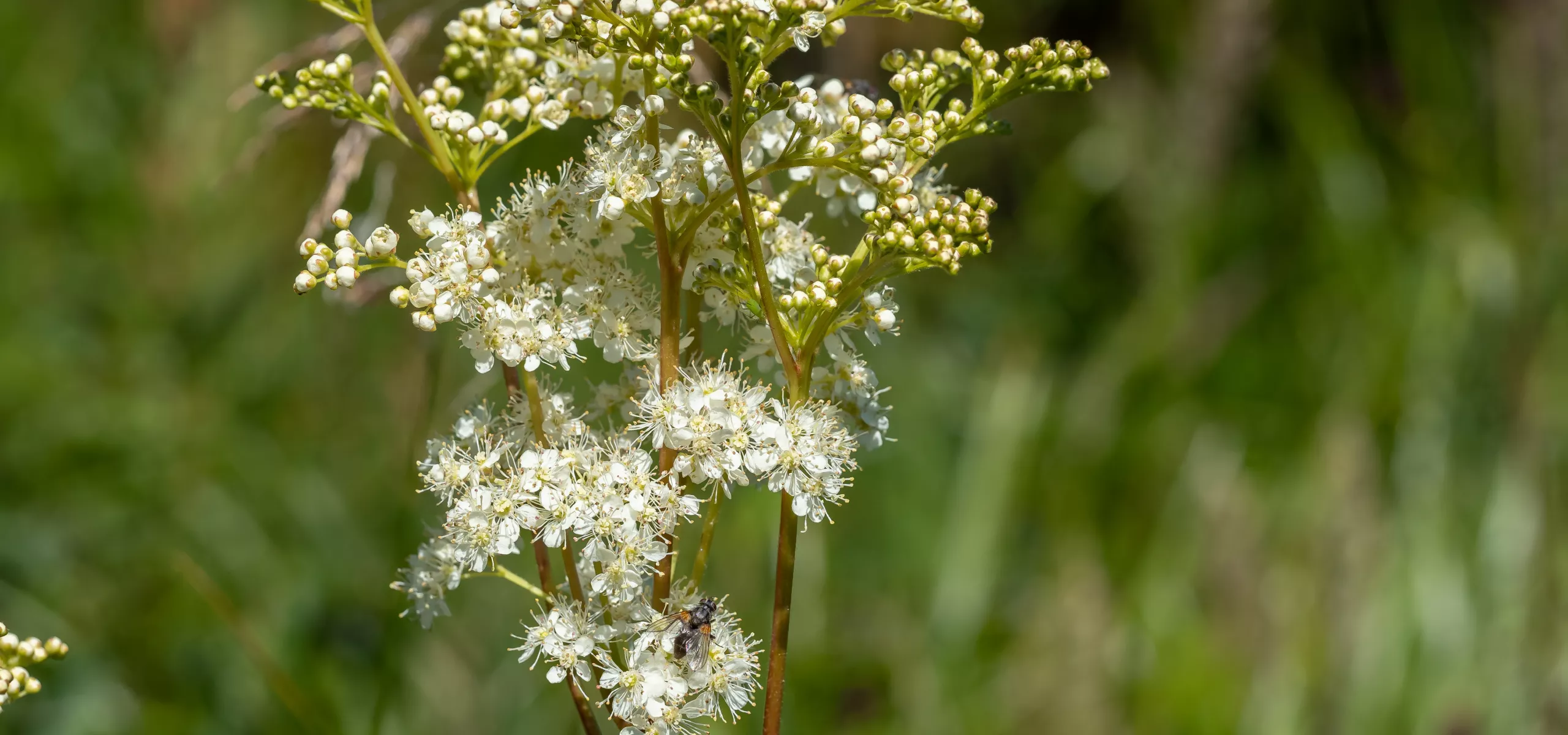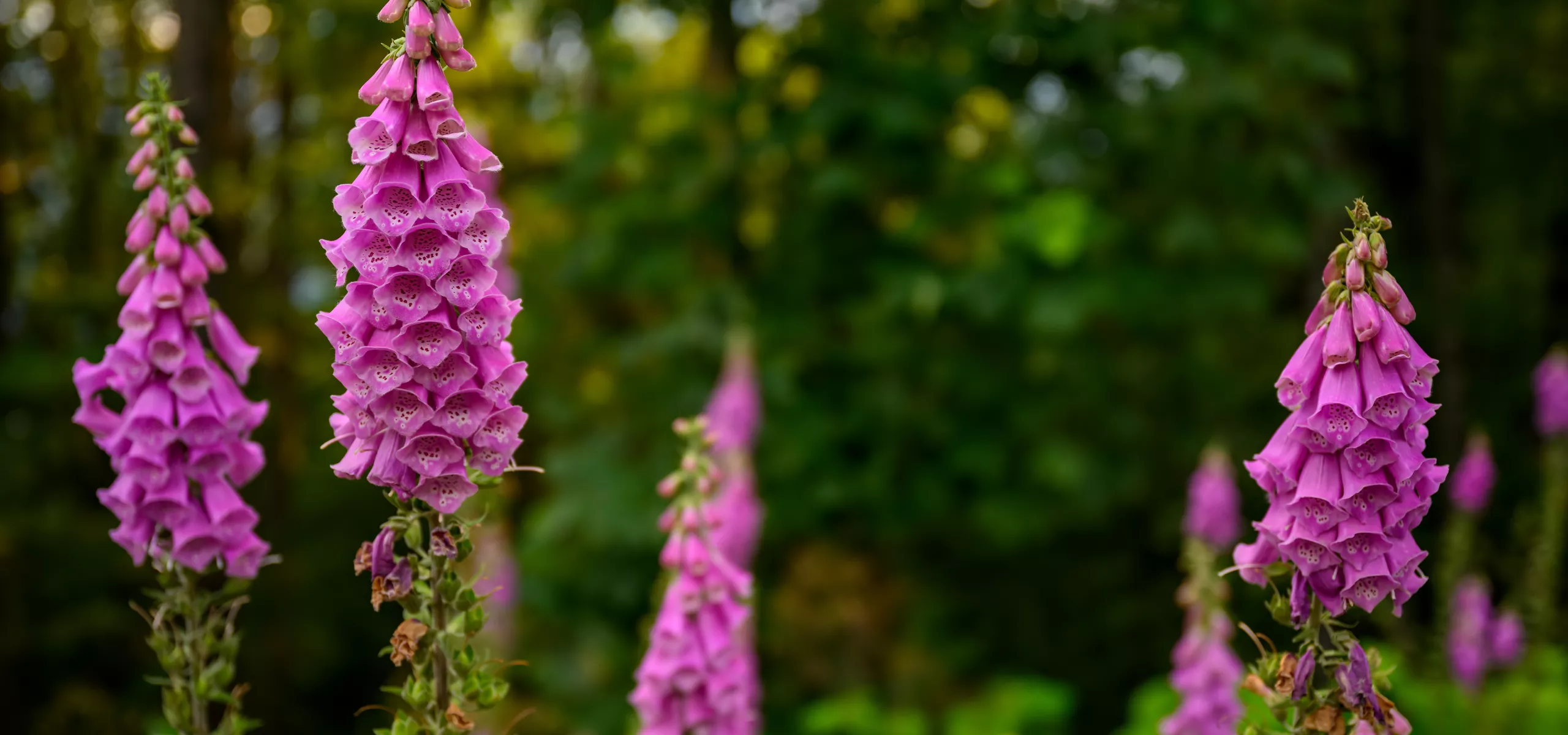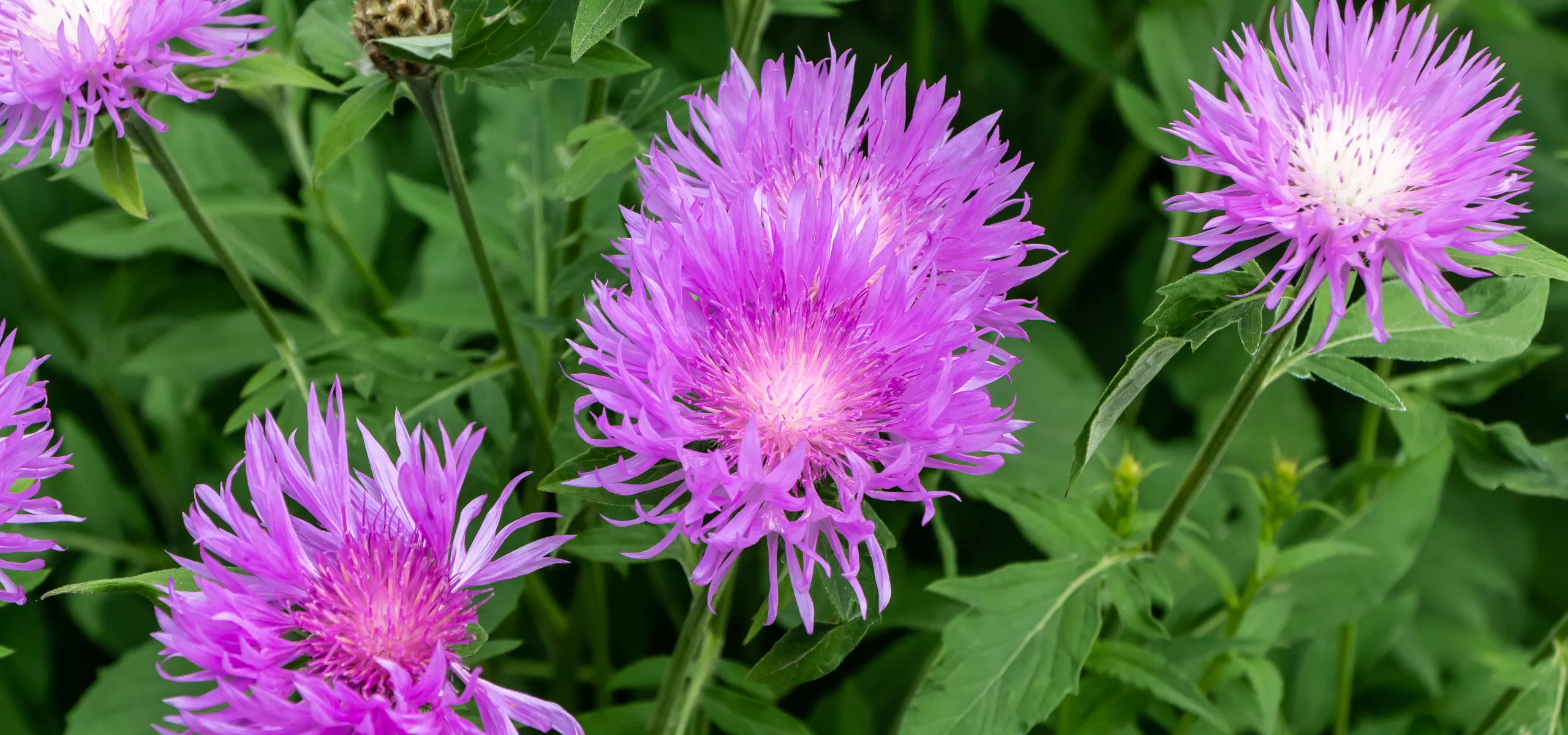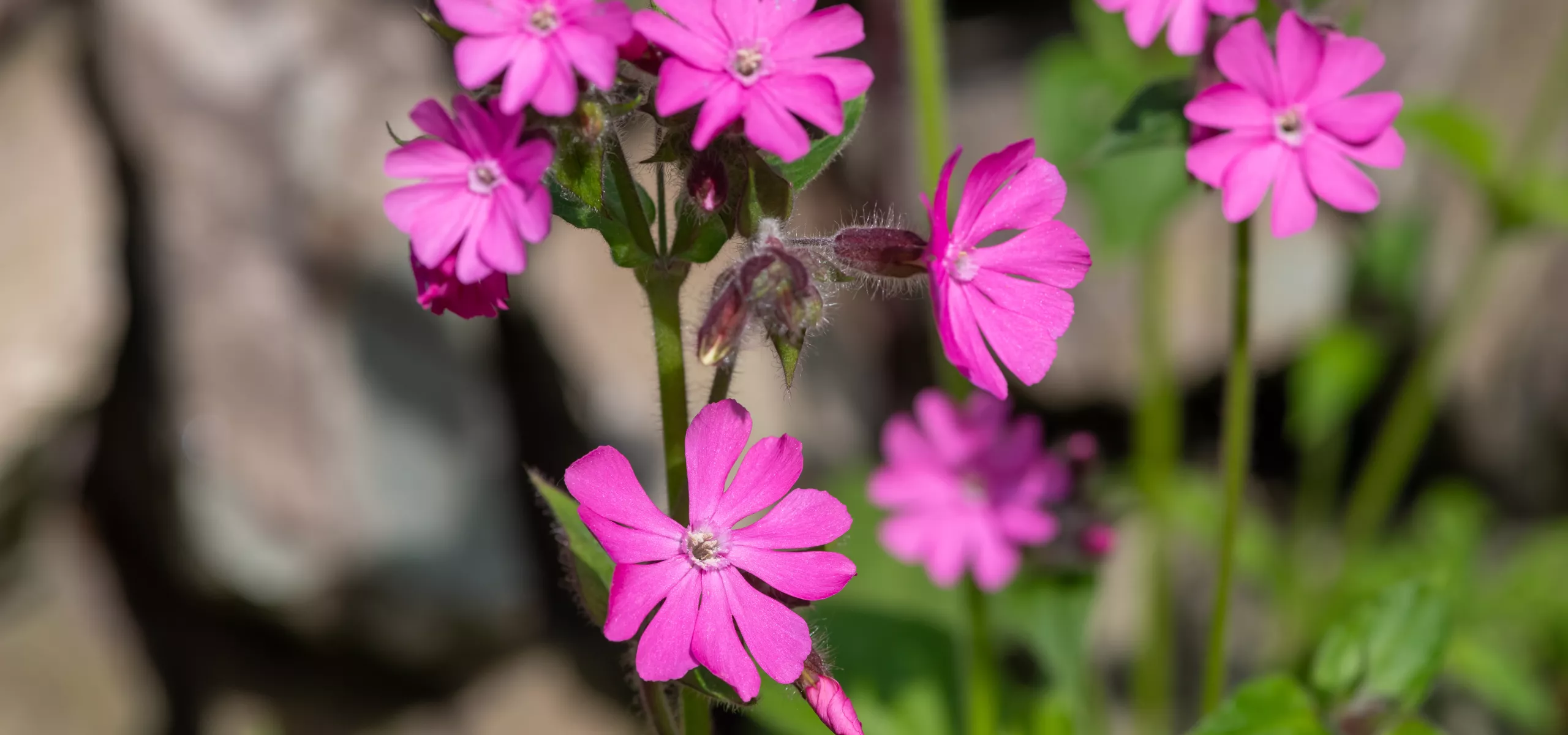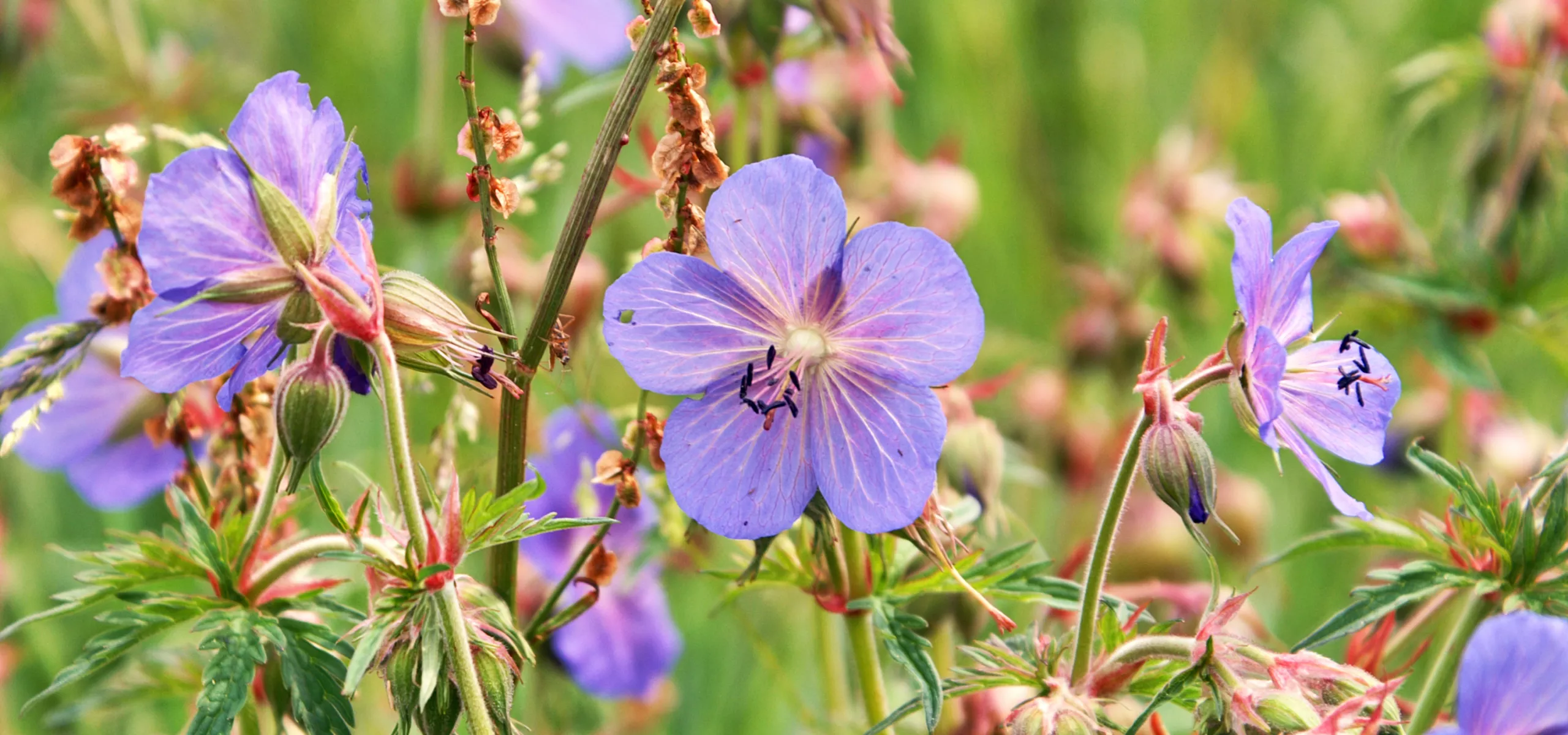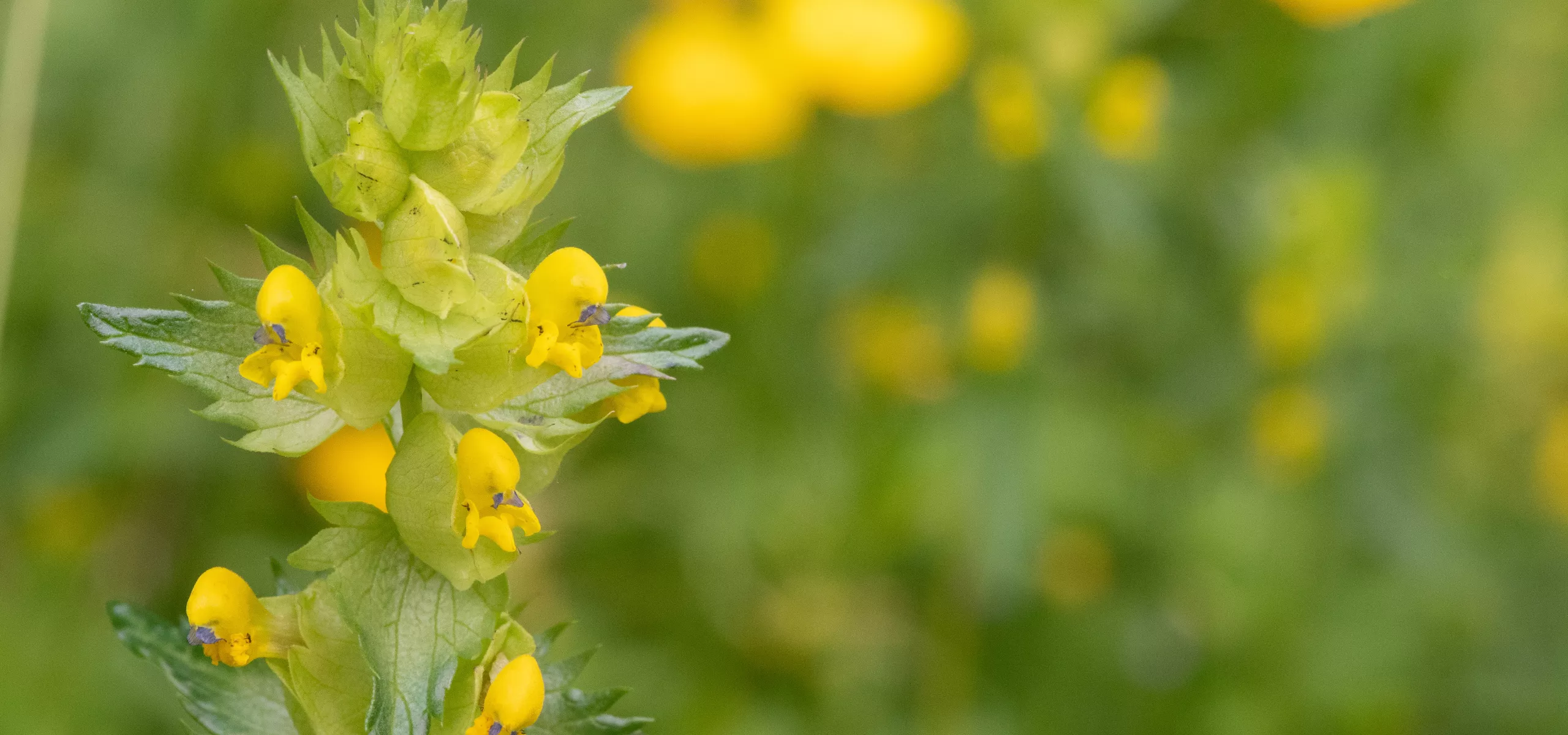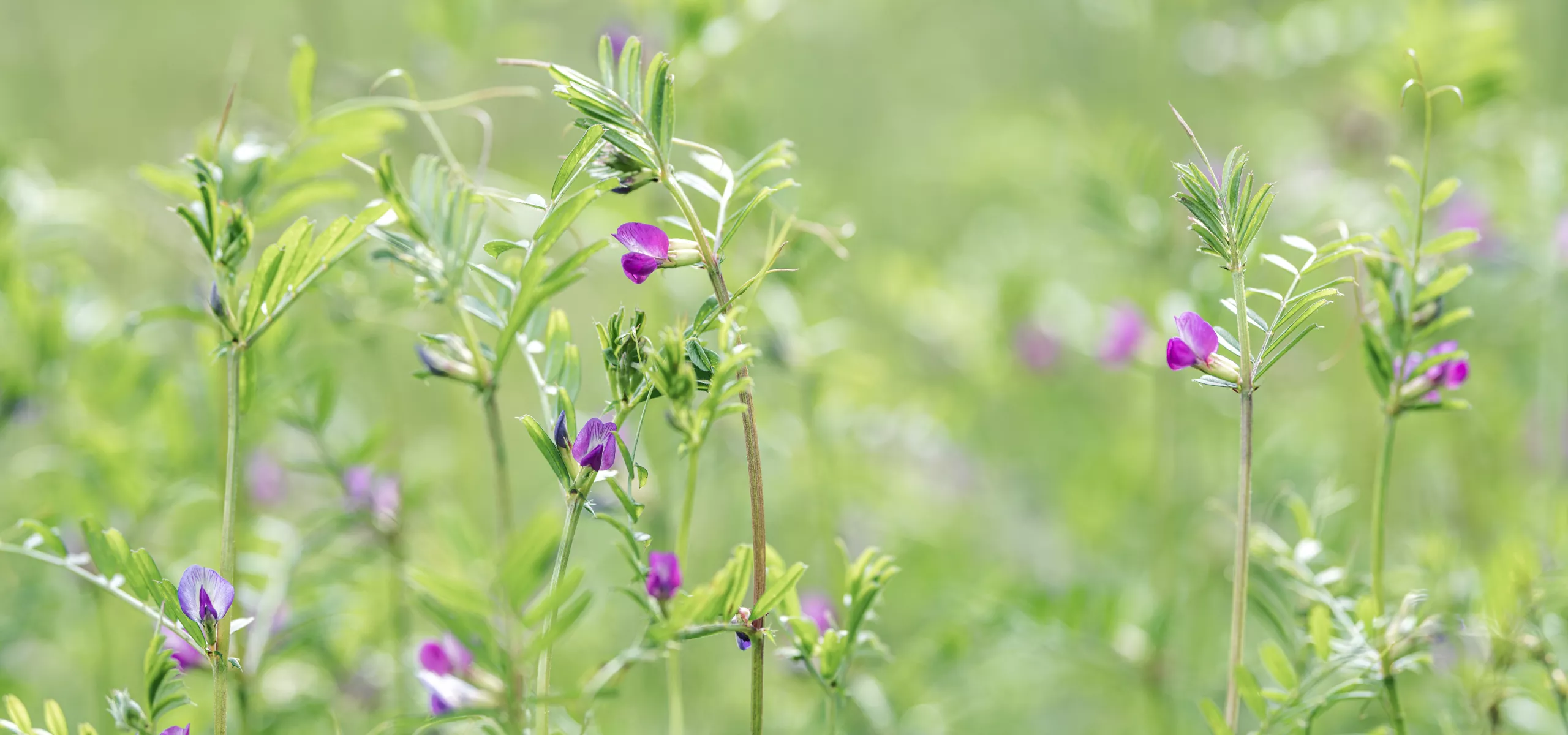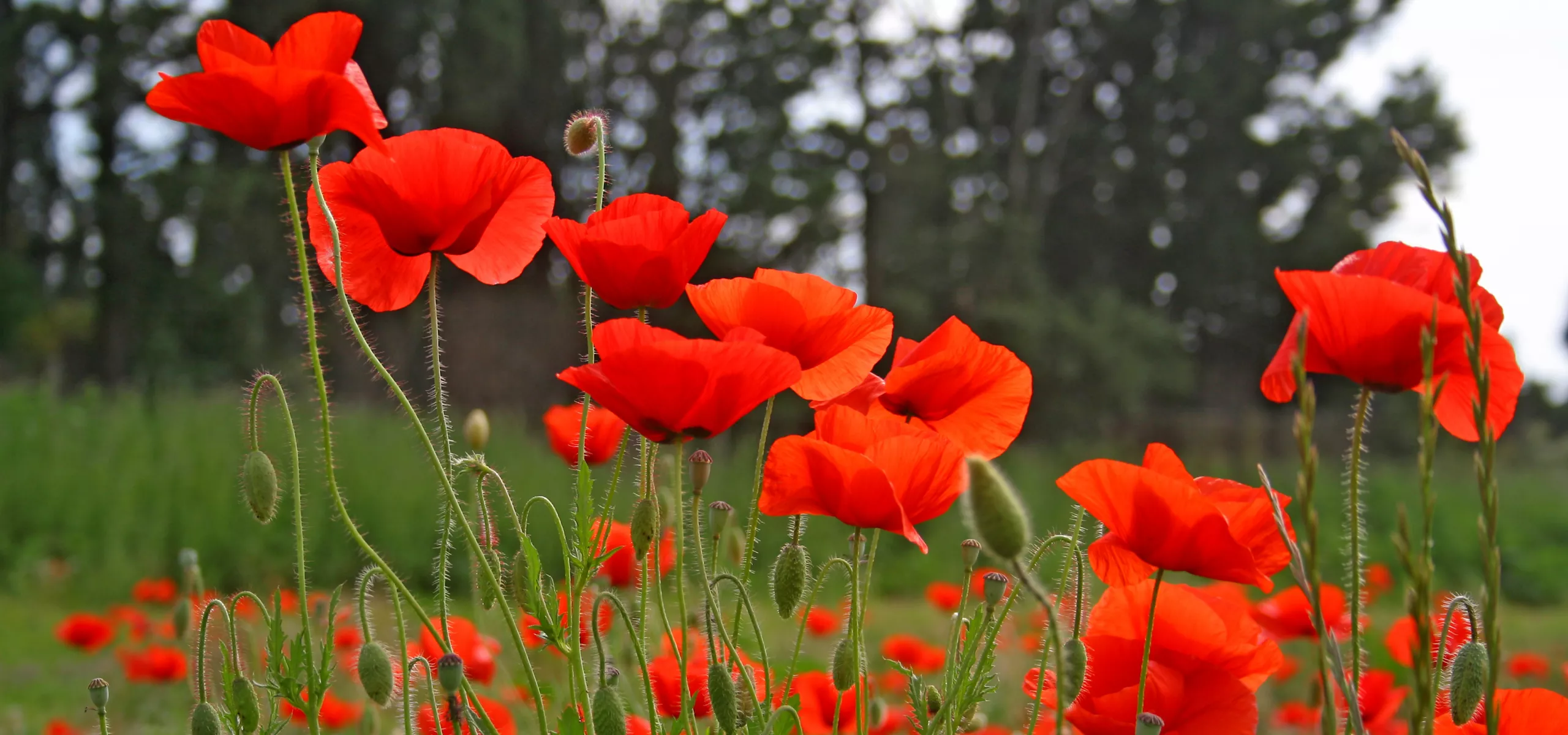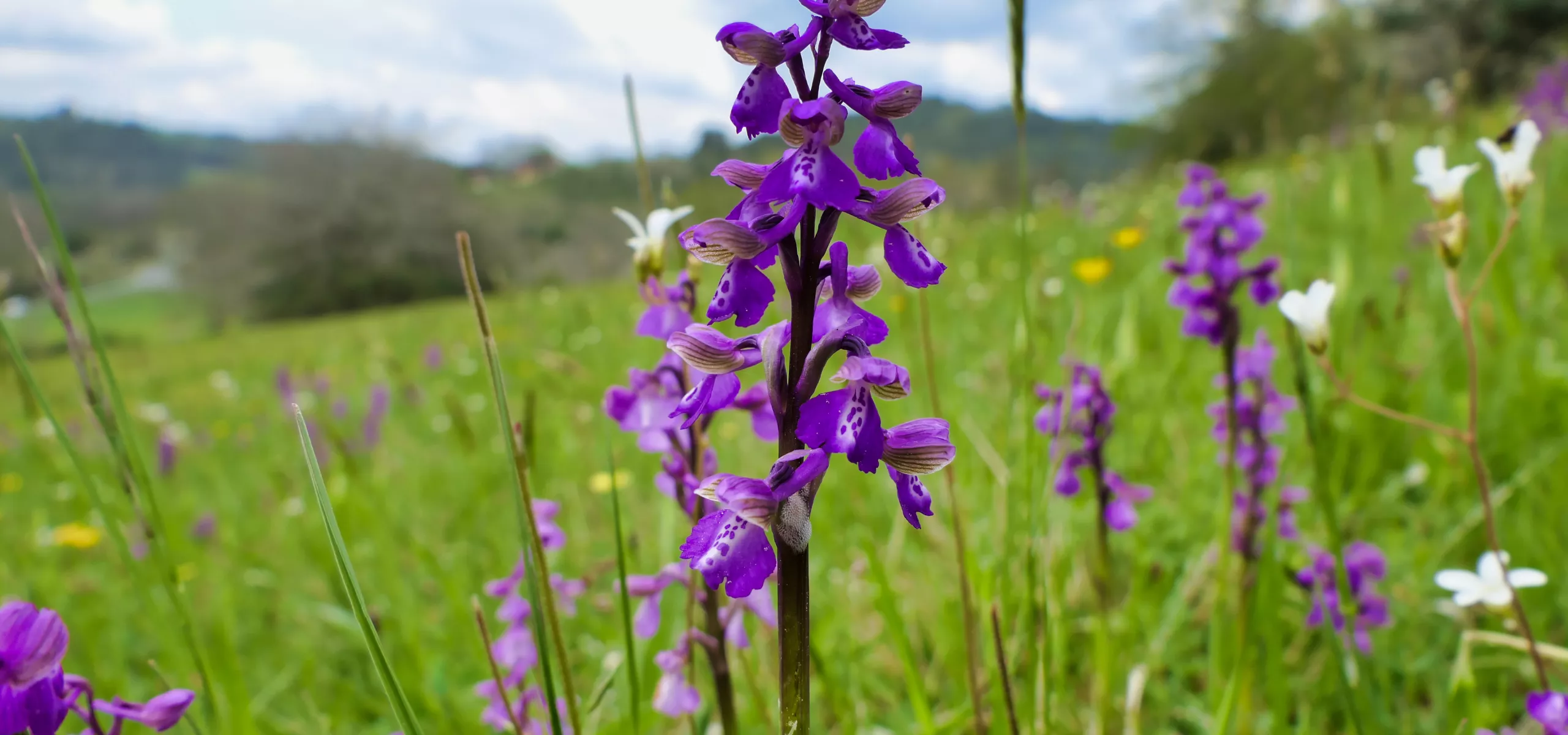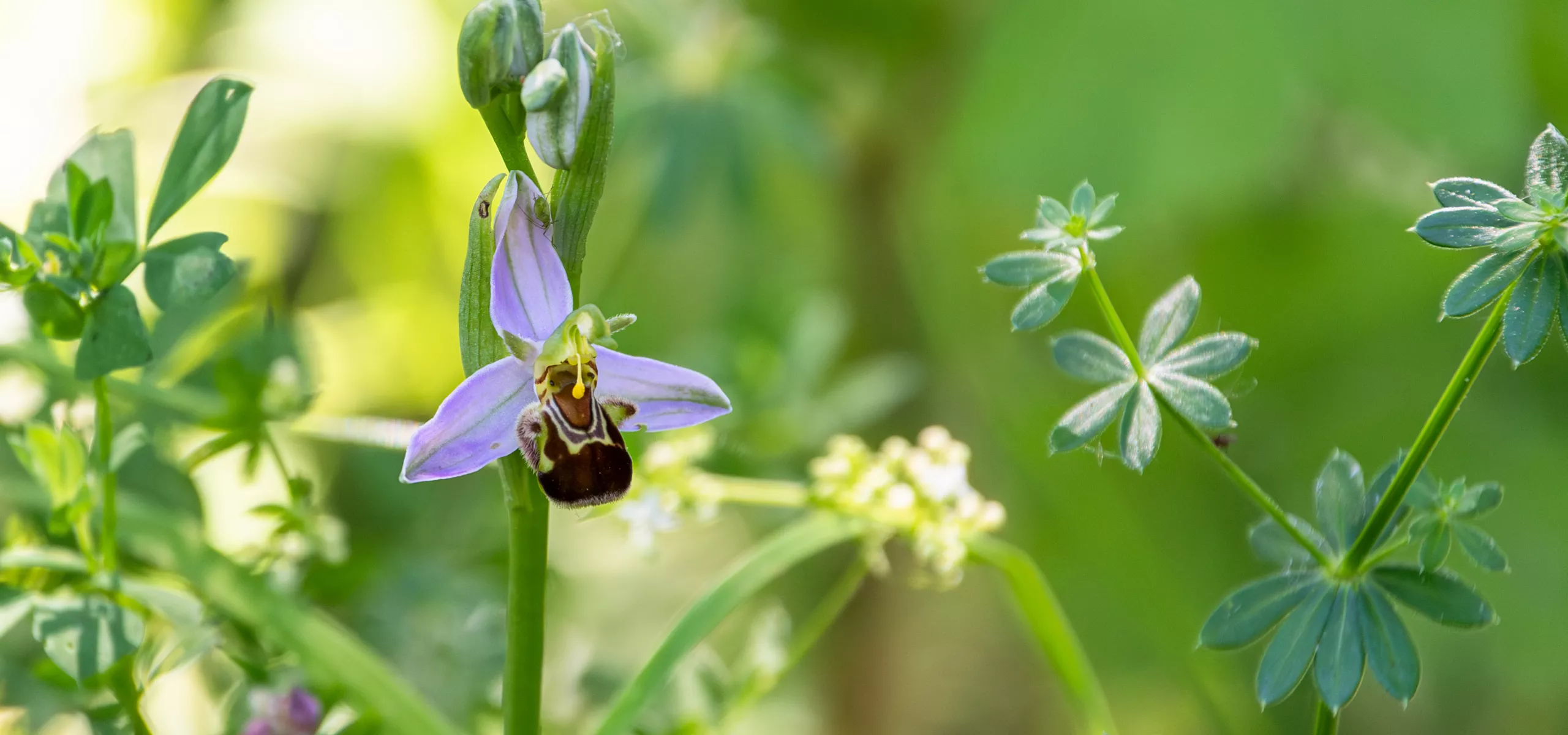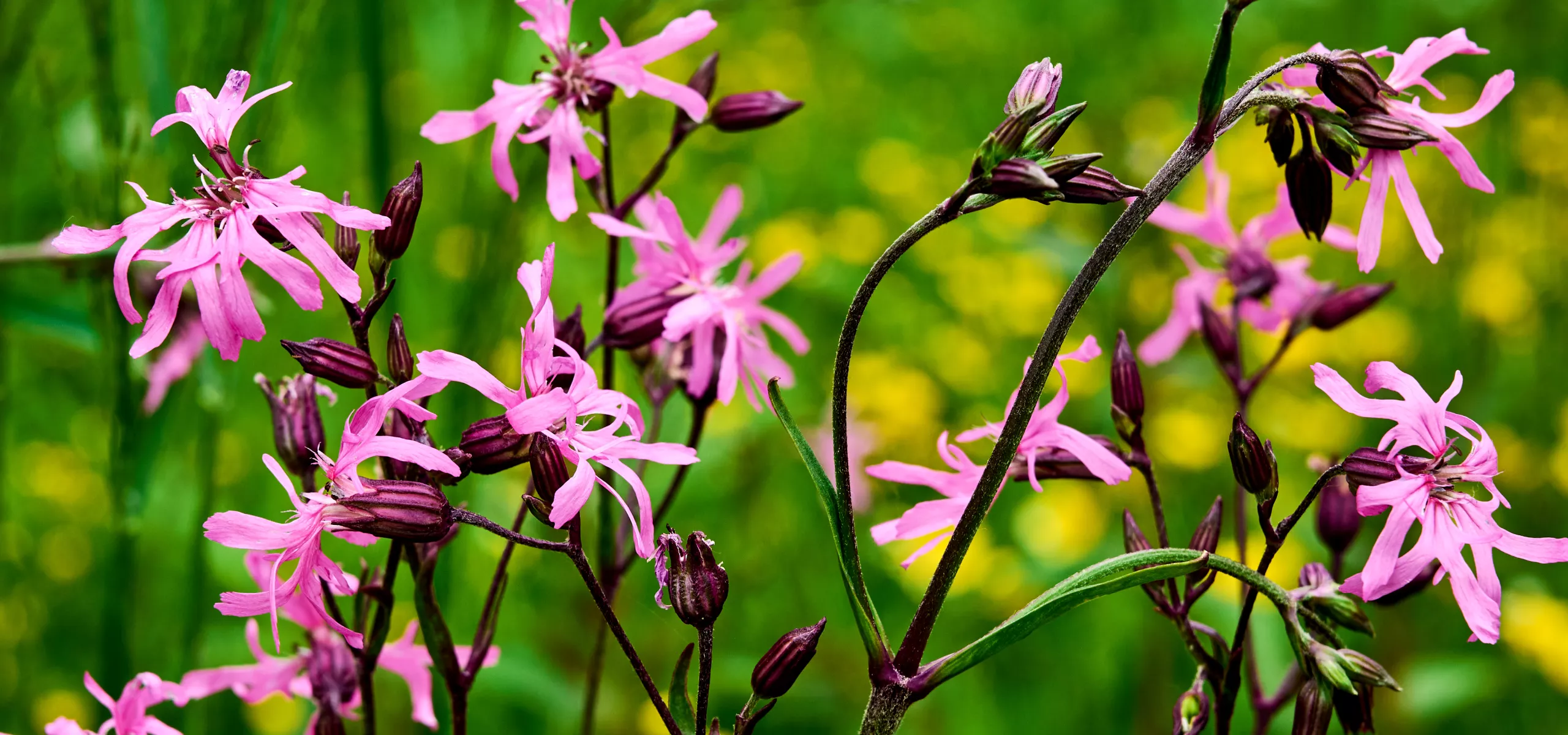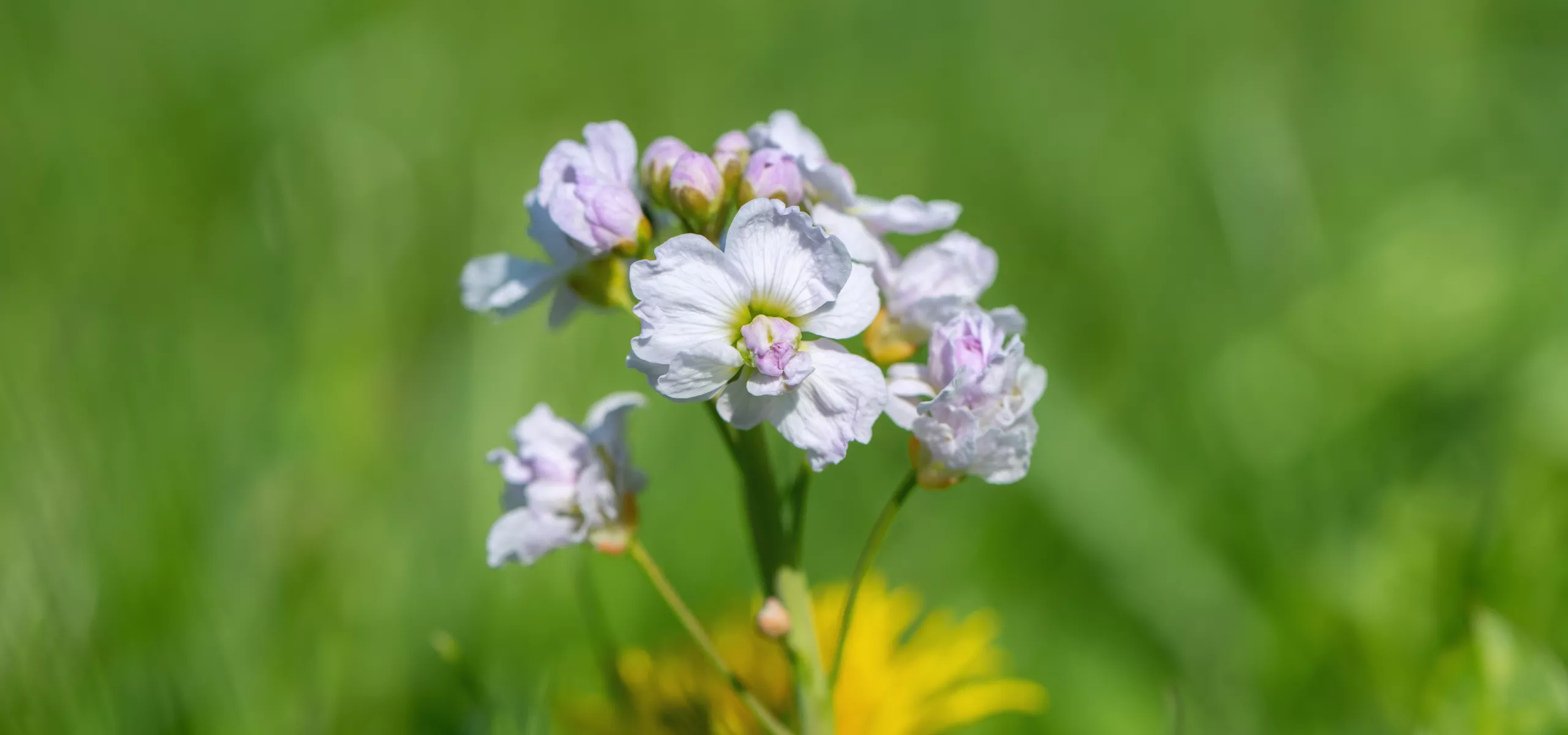Meadowsweet (Filipendula ulmaria)
Known for its fluffy, creamy-white clusters of flowers, meadowsweet adds a touch of elegance to wet meadows, stream banks, and woodland clearings. Its sweet fragrance fills the air, attracting bees and butterflies in search of nectar. Look for its feathery leaves and frothy blooms as you wander through meadows and along riversides.
Foxglove (Digitalis purpurea)
With its towering spikes of bell-shaped flowers in shades of pink, purple, and white, the foxglove is a remarkable sight in June. Found in woodland glades, hedgerows, and on roadside verges, this biennial wildflower provides a striking contrast against the greenery of its surroundings.
Oxeye Daisy (Leucanthemum vulgare)
The oxeye daisy graces grasslands, meadows, and roadside verges with its cheerful white petals and golden-yellow centres. Its bright blooms provide a valuable food source for pollinators such as bees and butterflies, making it a welcome sight in any wildflower meadow.
Common Knapweed (Centaurea nigra)
With its deep purple, thistle-like flowers nestled among spiky bracts, common knapweed adds a touch of drama to grasslands and road verges in June. Despite its name, this wildflower is anything but common in its beauty, attracting a myriad of pollinators with its nectar-rich blooms.
Bird's-foot Trefoil (Lotus corniculatus)
A member of the pea family, bird's-foot trefoil brightens up grasslands, meadows, and roadside verges with its clusters of yellow flowers resembling tiny birds' feet. This low-growing wildflower provides an important food source for caterpillars of the common blue butterfly.
Red Campion (Silene dioica)
A true sign of summer, red campion lights up woodland edges, hedgerows, and shady banks with its vibrant pink flowers. Its delicate petals contrast beautifully with the dark green foliage, creating a striking display that is sure to catch the eye of passersby. Keep an eye out for its cousin, white campion, which blooms alongside it in similar habitats.
Meadow Cranesbill (Geranium pratense)
With its delicate blue-purple flowers and deeply lobed leaves, meadow cranesbill thrives in grasslands, meadows, and woodland edges in June. Its nectar-rich blooms attract a variety of insects, including bees and hoverflies.
Yellow Rattle (Rhinanthus minor)
A semi-parasitic plant, yellow rattle is a key species in wildflower meadows, where it helps to suppress the growth of grasses, allowing other wildflowers to thrive. Its yellow flowers, which appear in June, turn into distinctive seed pods that rattle when shaken, giving the plant its name. Look for it in hay meadows and grasslands, where it adds a splash of yellow to the landscape.
Common Vetch (Vicia sativa)
A member of the pea family, common vetch graces hedgerows, field margins, and grasslands with its delicate pink, purple, or white flowers. Its trailing stems and pinnate leaves make it easy to identify, while its nectar-rich blooms attract bees, butterflies, and hoverflies.
Common Poppy (Papaver rhoeas)
A symbol of remembrance and renewal, the common poppy carpets fields, meadows, and roadside verges with its vibrant red blooms. Its delicate petals flutter in the breeze, creating a mesmerising spectacle that is both beautiful and poignant.
Early Purple Orchid (Orchis mascula)
Named for its early blooming season, the early purple orchid is a stunning sight. Look for its tall spikes of purple flowers with distinctively marked leaves in grasslands, woodlands, and roadside verges. These beautiful orchids provide an important food source for pollinators and are a joy to behold in their natural habitat.
Bee Orchid (Ophrys apifera)
An expert in disguise, the bee orchid is known for its remarkable resemblance to a bumblebee. Look for its intricate flowers with velvety brown sepals and yellow markings in grasslands, meadows, and scrubby habitats. This fascinating orchid attracts pollinators with its visual mimicry, making it a captivating subject for nature lovers and photographers alike.
Ragged Robin (Lychnis flos-cuculi)
Found in damp meadows, marshes, and near ponds, Ragged Robin is a delicate wildflower that adds a touch of colour to its surroundings. Its slender stems bear clusters of pink, deeply lobed petals, giving the flower a ragged appearance that lends it its name. These pretty flowers provide a valuable source of nectar for bees, butterflies, and other pollinators, making them a vital part of wetland ecosystems.
Lady's Smock (Cardamine pratensis)
Also known as Cuckooflower, this wildflower, with its pale pink or lilac petals and delicate fragrance, can be found in damp meadows, riverbanks, and roadside verges across the countryside. Lady's Smock is a member of the cabbage family, but its delicate appearance sets it apart from its robust relatives. Its slender stems bear clusters of four-petaled flowers, which bloom in delicate shades of pink, lilac, or white. These dainty blooms nod gently in the breeze, creating a serene and tranquil atmosphere wherever they grow.
As June unfolds, take the time to explore the natural wonders that abound in our surroundings. Whether you're wandering through meadows, strolling along woodland paths, or simply admiring the wildflowers that grace roadside verges, there's beauty to be found at every turn in the Forest.
If you want to see more wildflowers in the Forest, please consider donating to help us continue in our efforts to protect nature and wildlife by planting trees and creating more habitats for them to thrive.
